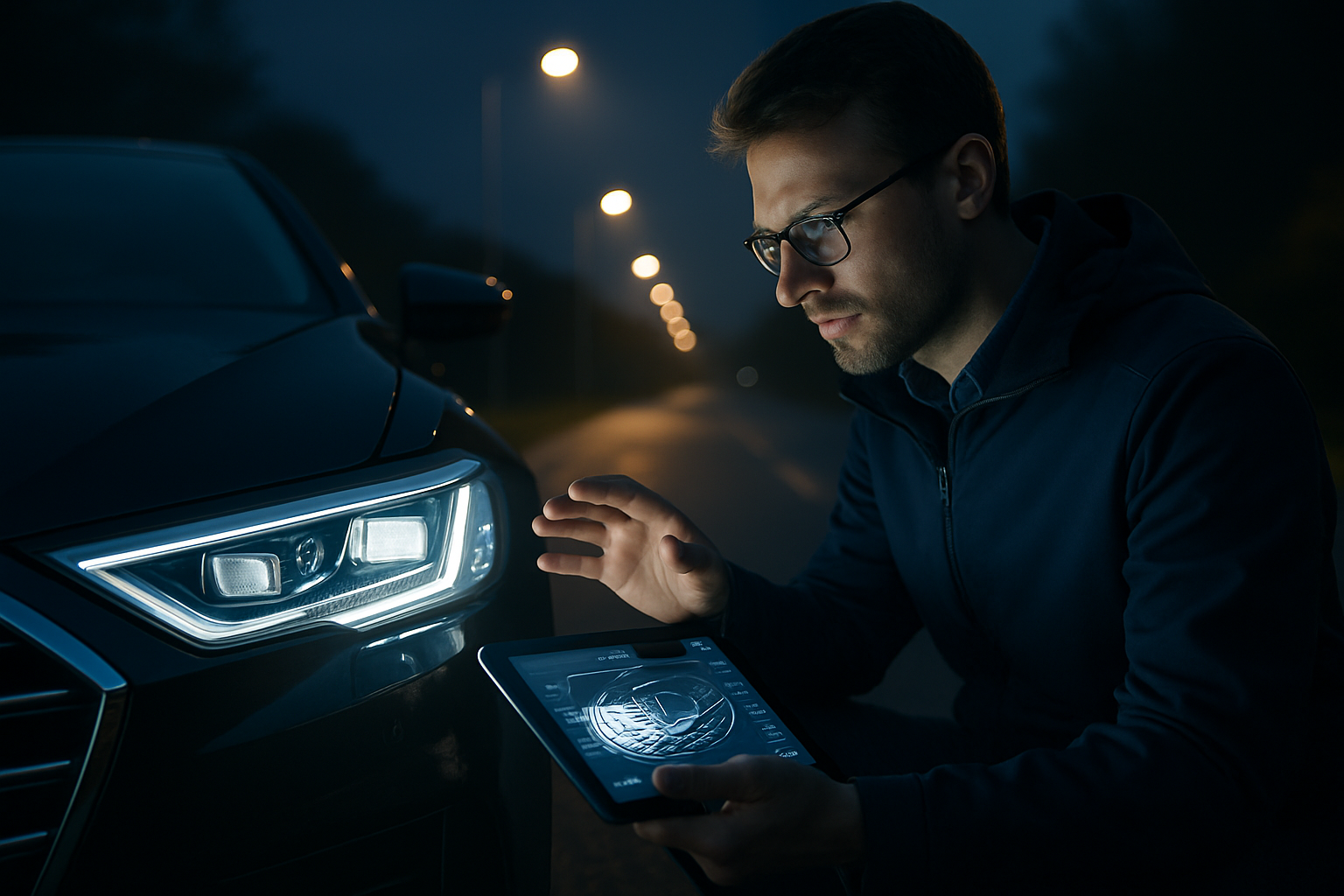The Hidden World of Automotive Lighting Innovation
In the dark of night, a sleek sports car slices through the shadows, its headlights carving a path through the gloom. But these aren't just any headlights - they're the latest in automotive lighting technology, capable of adapting to road conditions, improving safety, and even communicating with other vehicles. Welcome to the fascinating realm of automotive lighting innovation, where form meets function in a dazzling display of engineering prowess.

The LED Revolution: Brighter, Smarter, More Efficient
The introduction of Light Emitting Diode (LED) technology in automotive lighting marked a paradigm shift. LEDs offer numerous advantages over traditional lighting solutions, including lower energy consumption, longer lifespan, and increased design flexibility. These compact light sources allow automakers to create distinctive lighting signatures, enhancing brand recognition and vehicle aesthetics. Moreover, LEDs’ rapid response time enables advanced safety features like adaptive lighting systems, which can adjust beam patterns based on driving conditions.
Laser Lights: The Cutting Edge of Illumination
While LEDs continue to dominate the automotive lighting landscape, laser lights represent the next frontier. First introduced by BMW in 2014, laser headlights can illuminate the road up to 600 meters ahead - twice the distance of LED high beams. This technology uses blue lasers to excite a yellow phosphor, producing an incredibly bright and focused white light. Despite their intensity, laser headlights consume less energy than traditional systems, contributing to improved fuel efficiency.
Adaptive Lighting Systems: Intelligent Illumination
Modern automotive lighting goes beyond simply illuminating the road. Adaptive lighting systems use sensors and cameras to adjust light distribution based on various factors, including vehicle speed, steering angle, and oncoming traffic. These systems can selectively dim portions of the light beam to avoid blinding other drivers while maintaining optimal visibility for the driver. Some advanced systems can even highlight potential hazards, such as pedestrians or animals, by directing additional light towards them.
OLED Technology: Reshaping Rear Lighting Design
Organic Light Emitting Diodes (OLEDs) are revolutionizing rear lighting design. Unlike traditional LEDs, OLEDs are surface emitters, producing a uniform light across their entire surface. This characteristic allows for incredibly thin, flexible light panels that can be molded into complex shapes. Audi has been at the forefront of OLED adoption, using the technology to create dynamic rear light displays that can change patterns to communicate various messages to other road users.
The Future of Automotive Lighting: Beyond Illumination
As we look to the future, automotive lighting is poised to become an integral part of vehicle-to-vehicle (V2V) and vehicle-to-infrastructure (V2I) communication systems. Imagine headlights that can project navigation information onto the road surface or taillights that display real-time traffic updates to following vehicles. These advancements will not only enhance safety but also contribute to the development of smarter, more connected transportation networks.
In conclusion, the world of automotive lighting has come a long way from the humble oil lamps of yesteryear. Today’s advanced lighting systems are marvels of engineering, combining cutting-edge technology with innovative design to enhance safety, efficiency, and aesthetics. As we continue to push the boundaries of what’s possible, one thing is clear: the future of automotive lighting is bright indeed. From laser-powered headlights to OLED taillights that double as communication devices, the road ahead is illuminated with possibilities, promising a safer, more connected driving experience for all.





